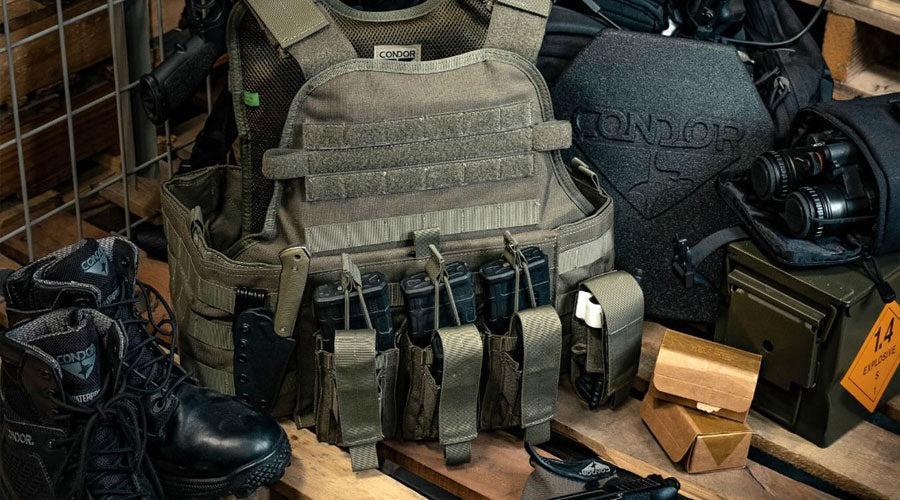Police and corrections officers don’t get the luxury of keeping gear “clean.” Riot suits, helmets, gloves, and vests often face the worst possible contaminants—from OC spray residue to bloodborne pathogens. Knowing how to properly decontaminate your equipment isn’t just about extending its life—it’s about protecting yourself and your team.
Why Decontamination Matters
Your gear is an extension of your safety. Failing to properly decontaminate can lead to:
-
Health hazards (bloodborne diseases, chemical burns, respiratory irritation)
-
Reduced gear performance (residue breaking down materials)
-
Cross-contamination (bringing contaminants back to vehicles, lockers, or even home)
Bottom line: dirty gear is unsafe gear.
OC Spray Exposure
Pepper spray (Oleoresin Capsicum) is highly irritating and clings to fabrics and plastics. After exposure:
-
Initial Rinse – Use cool running water to remove surface residue. Avoid hot water, as it can open pores in the material and “set” the irritant.
-
Soap Solution – Wash with mild soap or detergent and water. For hard surfaces like visors or shields, a diluted dish soap works well.
-
Neutralize Odor – A 10:1 water-to-vinegar solution can help neutralize lingering OC odor on hard gear.
-
Air Dry – Allow all items to fully dry in a ventilated area before storage.
Pro tip: Wear gloves when cleaning gear post-OC exposure—otherwise, you’ll learn the hard way why cross-contamination is no joke.
Blood and Body Fluid Contamination
Blood is a different beast because of potential pathogens. Always assume it’s infectious.
-
PPE First – Wear disposable gloves and, if necessary, eye protection during decon.
-
Disinfect – Use a bleach solution (1:10 ratio) or an EPA-approved disinfectant designed for biohazard cleanup.
-
For non-porous gear (helmets, shields, hard pads), apply the solution, let it sit for at least 10 minutes, then rinse.
-
For porous gear (gloves, soft armor carriers, clothing), machine wash with hot water and detergent if manufacturer-approved.
-
-
Dispose Properly – Rags, gloves, or wipes used during cleanup should be discarded as biohazard waste.
-
Check for Damage – After cleaning, inspect gear for cuts or compromised surfaces where fluids could have seeped in.
General Riot Gear Decon
Whether you’ve been in a riot control line or a cell extraction, gear needs routine decon to stay functional:
-
Riot Helmets & Visors – Wipe with mild detergent and water; avoid abrasive cleaners that scratch polycarbonate.
-
Body Armor & Riot Suits – Spot clean outer shells with mild soap; if removable, wash liners separately.
-
Gloves & Accessories – Wash with antibacterial soap and rinse thoroughly; allow to air dry fully before reuse.
-
Boots – Scrub with disinfectant and rinse; don’t forget the soles—where contaminants collect the most.
Storage After Decon
-
Ensure gear is 100% dry before storage to prevent mold growth.
-
Store in a clean, ventilated bag or locker, separate from “fresh” uniforms.
-
Label bags or bins used for contaminated gear until they’re sanitized.
Final Word
Your gear protects you in the field. Decontamination protects you afterward. Whether it’s OC spray, blood, or just the grime of riot duty, take the time to properly clean and sanitize your equipment. It’s not just maintenance—it’s officer safety.



Share:
Tactical Eyewear: More Than Just Sunglasses
25 Tactical Dad Jokes to Lighten the Load